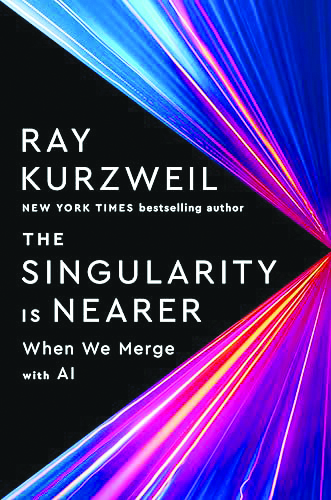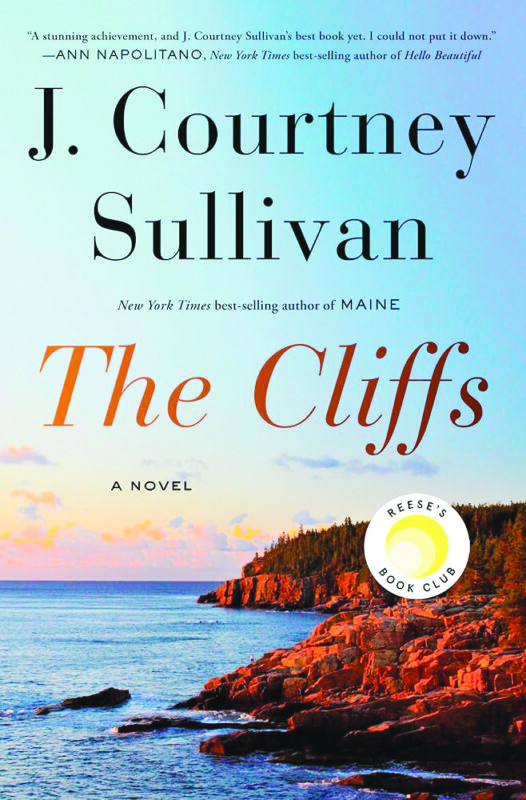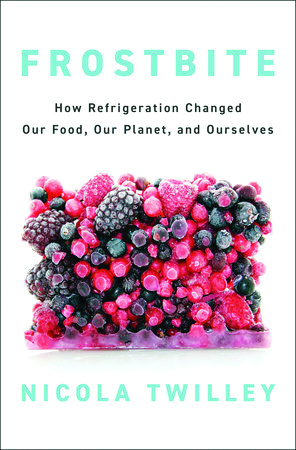The Singularity is Nearer, by Ray Kurzweil (Viking, 312 pages)
If there is anyone who can envision how artificial intelligence will change our lives in the next few decades, it’s Ray Kurzweil, whose title at Google includes the words “AI visionary.”
Kurzwell has been working in the industry for more than six decades. So when he tells us that “the singularity” — the merger of humans with AI — is likely to occur by 2045 and will be “utterly transformative,” we’d best pay attention.
Building on his 2005 book The Singularity is Near, Kurzweil examines the developments in AI since then, as well as its impact on jobs, health, longevity, and the risks that technology poses. It’s widely believed that AI will soon pass the “Turing test” — the point at which AI’s response to questions is indistinguishable from humans’ — which Kurzweil expects to occur by 2029. That milestone, he believes, will launch us into the fifth epoch of development, connecting our brains with computers that “will allow us to add many more layers to our neocortices — unlocking vastly more complex and abstract cognition than we can currently imagine.”
Augmented in this way, the enhanced human brain will eventually “become more than 99.9 percent nonbiological” in two ways, Kurzweil says: “One is the gradual introduction of nanobots to the brain tissue itself. These may be used to repair damage or replace neurons that have stopped working. The other is connecting the brain to computers, which will both provide the ability to control machines directly with our thoughts and allow us to integrate digital layers of neocortex in the cloud.”
As AI is advancing even quicker than many futurists initially believed, it seems the digitization of the human mind will likely happen within the lifetimes of many people who are alive today. Kurzweil, who lives near Boston, is 76 and he believes he will live to see it.
“As nanotechnology takes off, we will be able to produce an optimized human body at will: we’ll be able to run much faster and longer, swim and breathe under the ocean like fish, and even give ourselves working wings if we want them,” Kurzweil writes. “We will think millions of times faster, but most importantly we will not be dependent on the survival of any of our bodies for our selves to survive.”
There’s another, controversial word for all this, which Kurzweil doesn’t use: transhumanism. And much of what Kurzweil envisions is dependent on nanotechnology, the development and implantation of nanobots, almost unimaginably tiny robots that could roam our bodies, repairing or removing malfunctioning cells. (To give you an idea of scale, there are more than 25 million nanometers in an inch; Kurzweil describes a nanobot as about the size of a human cell.)
While some forms of medical nanotechnology are already in testing on animals, the life-changing nanobots that Kurzweil is talking about don’t actually exist yet. He’s largely talking about what could happen, and the future may not be as rosy as he thinks.
He acknowledges as much in a chapter titled “Peril” in which he examines scenarios where AI doesn’t help us but leads to the mass extinction of anything carbon-based. He nods at Bill Joy’s famous essay “The Future Doesn’t Need Us,” published in 2000 in Wired magazine, and the “gray goo” theory, which posits that self-replicating nanobots that consume or otherwise destroy living things could wipe out the Earth’s biomass within a matter of weeks. Nanobots could also be used as military weapons, delivering virtually undetectable poisons to whole populations. But the technology can also be used for defense systems, and technology companies are taking these sorts of doomsday scenarios seriously and devising safeguards.
While Kurzweil is trying to write for a general audience, and largely succeeds, the book at times descends into college-textbook dryness when he explains various technologies. But he turns out to be a surprisingly engaging philosopher as he navigates the ethical issues surrounding AI.
A chapter titled “Who Am I?” examines subjective consciousness, or qualia, and the trouble with assuming AI can never acquire it, as well as the issues that arise as we get closer to “resurrecting” the dead with avatars or replicants created using photos and video, texts, interviews and other data about loved ones. (Kurzweil has done something like this with his own father, collecting everything his father had ever written, including love letters to his mother, and then using AI to have a “conversation” with his deceased father, or as he put it, his “dad bot.”)
Another question he delves into is how much of our essential selves we might lose as our body parts — even the brain — are rebuilt as Lee Majors was in the old TV series The Six Million Dollar Man.
Kurzweil recalls the thought experiment of ancient Greeks who pondered what happens when an old ship is gradually rebuilt using new planks. If the old planks are stored and then reassembled into a ship again, which is the original? The stakes are higher when it comes to human beings. “For most of us, it matters a great deal whether the person standing next to us is really our loved one or is just a Chalmersian zombie putting on a convincing show.”
For those of us who can live long enough to take advantage, Kurzweil assures us that “radical life extension is close at hand.” That may make you want to start exercising and eating right, or to take up drinking and smoking posthaste. Either seems a rational decision, given what is headed our way. B
—Jennifer Graham






